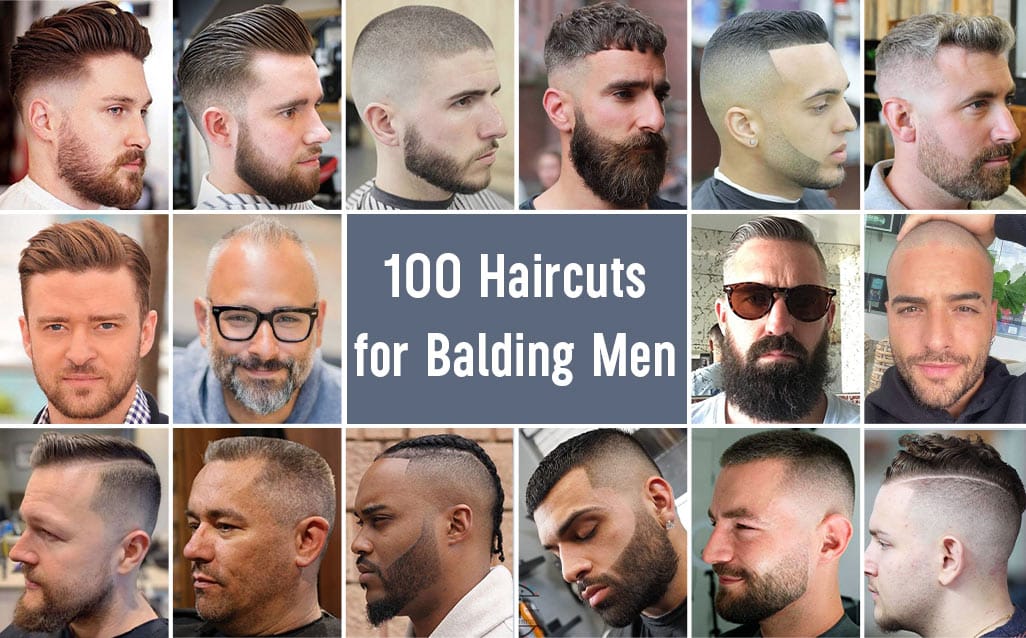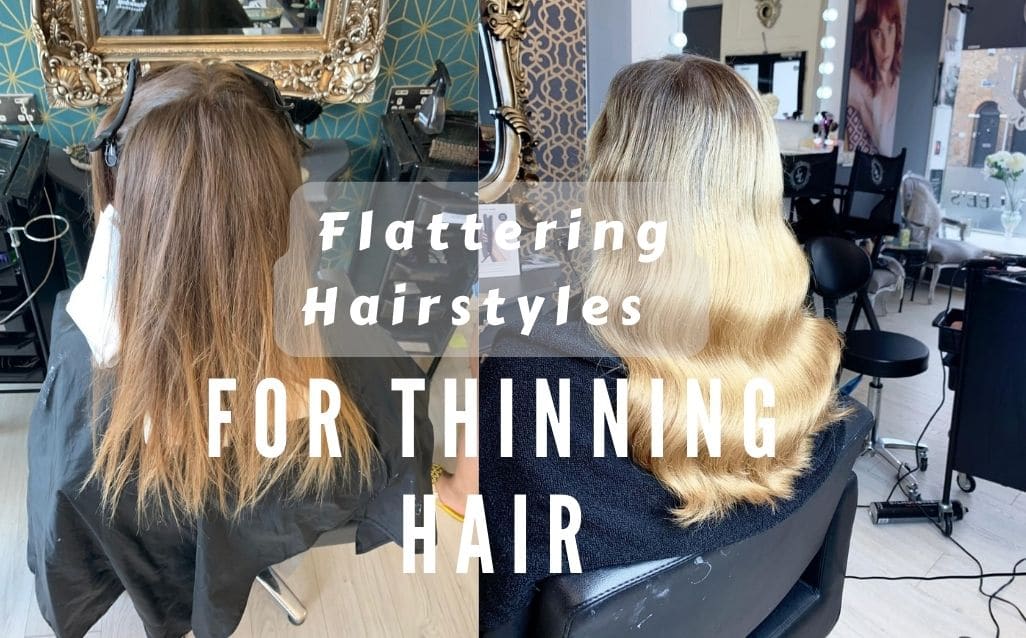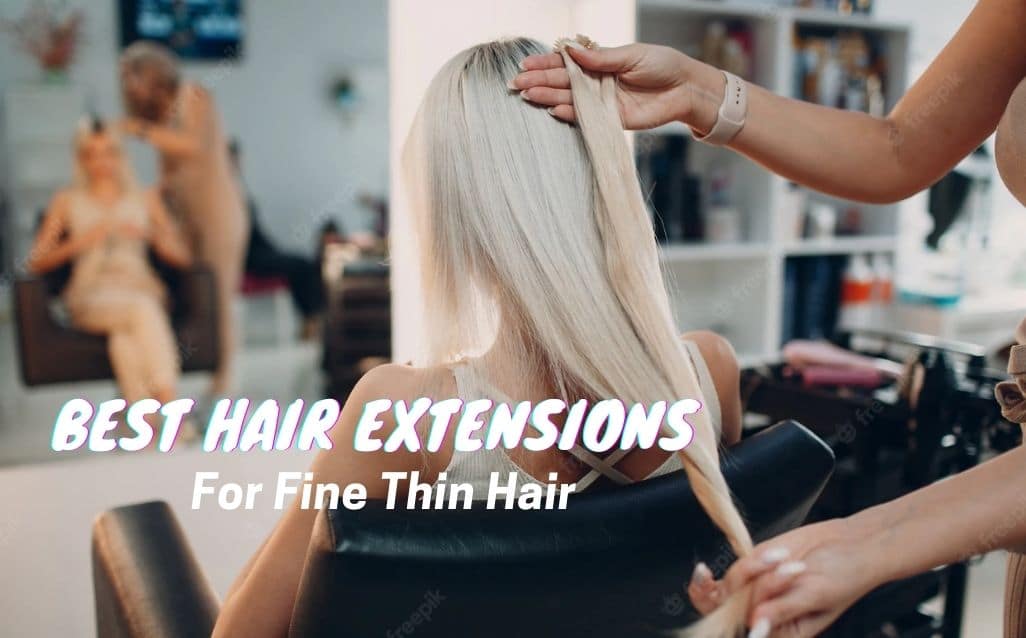There are 5 common ventilation methods in the industry for skin base hair systems: V-loops, flat injection, lift injection, single split knots and single flat knots. We have previously shared videos with you to demonstrate V-looped hair and injected hair. If you haven’t watched them, please click here to watch them now.
Today, we will show you how we do single split knots and single flat knots on skin systems.
-
Single Split Knots
As the video shows, the technician will loop the strand of hair around a ventilating needle and pull it through a hole in the skin base before they reverse back on themselves with the needle to make a knot. The fact that a single split knot is just reversed once means the knot is very small. The knot, in effect, creates two strands of hair (a long one and a short one) that point in different directions. To get around this potential problem, after making a knot, the technician needs to press down on the knot with their finger and then rub it. This will ensure the two strands of hair stay together.
Hair with single split knots has a lot of natural lift to it after it has been ventilated to a hair system. For skin bases, we will do single split knots except on the back and sides unless there is a special requirement from the clients. We will then brush a layer of poly on the underside of the base after the knotting is finished to seal the knots and make them stronger and ensure that they stay on the base longer. Stronger, double knows are, therefore, not necessary but they are actually not possible to make because the skin material cannot support a double knot. Since there is no layer of mono or gauze, if we pull the hair the required two times to make double knots, the PU base will break
-
Single Flat Knots
Like single split knots, single flat knots just need to be twisted once. This is what makes them so small and because of the way they are twisted; they are even smaller than single split knots. The nature of these knots causes the hair to lay flat on the base. As such, we tend to use single flat knots on the back and sides of the skin base because it is better that the hair lies flat here. You do not want the hair to point upwards. That way the hair of the hair system will mix well with the wearer’s own hair. If you find your clients’ hair systems have a messy hair direction on the temples, back and sides, it means single flat knots were not used correctly on these parts of the hair system.
Another point to be aware of is that single flat knots loosen very easily, so never use these knots with very light-colored hair. This is because very light-colored hair has been processed so the hair strands are very smooth and with the easy-to-loosen single flat knots, the hair will shed in a very short time. For the same reason, do not use single flat knots with dye-after because dye-after needs light-colored hair.
As for the difference between single split knots and single flat knots, the most obvious is the direction of hair after knotting. The direction of the hair with single split knots is hard to change as the two hair strands split; while the direction of the hair with single flat knots is very easy to change as the two hair stands stay close together. That is also why we sometimes use single flat knots on particular places like the temples or at the front as they give the wearer more styling options.
Then you may wonder how about doing double split knots and double flat knots on skin bases. The answer is that we cannot do these knots on skin hair systems. Because these two kinds of knots pull the base twice which will break the skin easily.
We hope this blog has been a helpful to you. Please stay tuned for our more tutorial videos of manufacturing in the near future.




